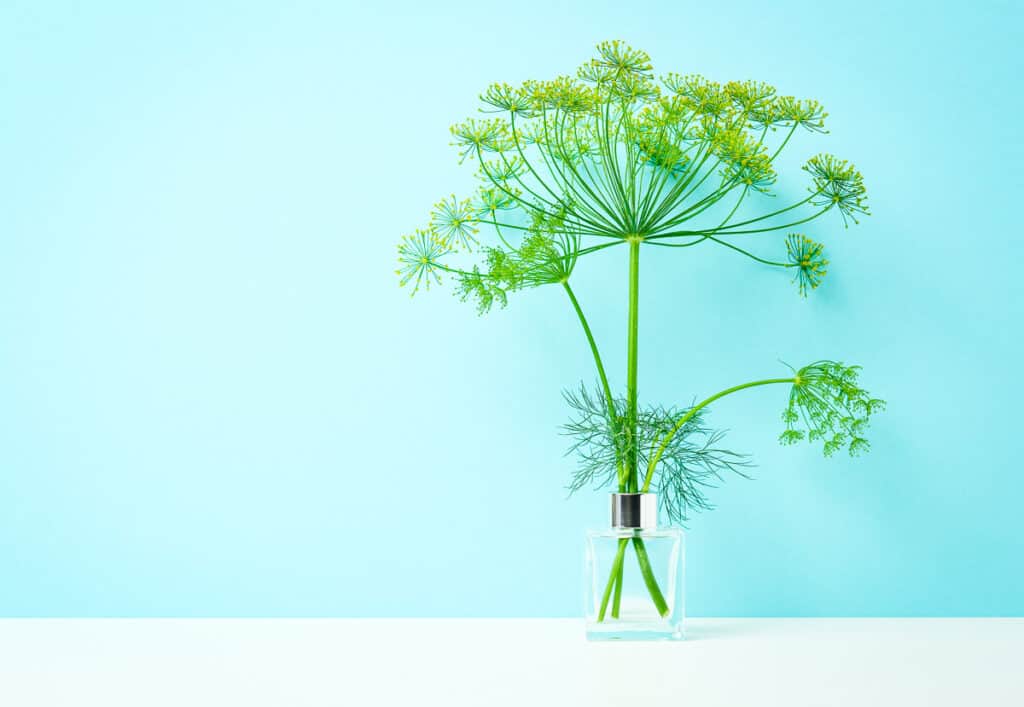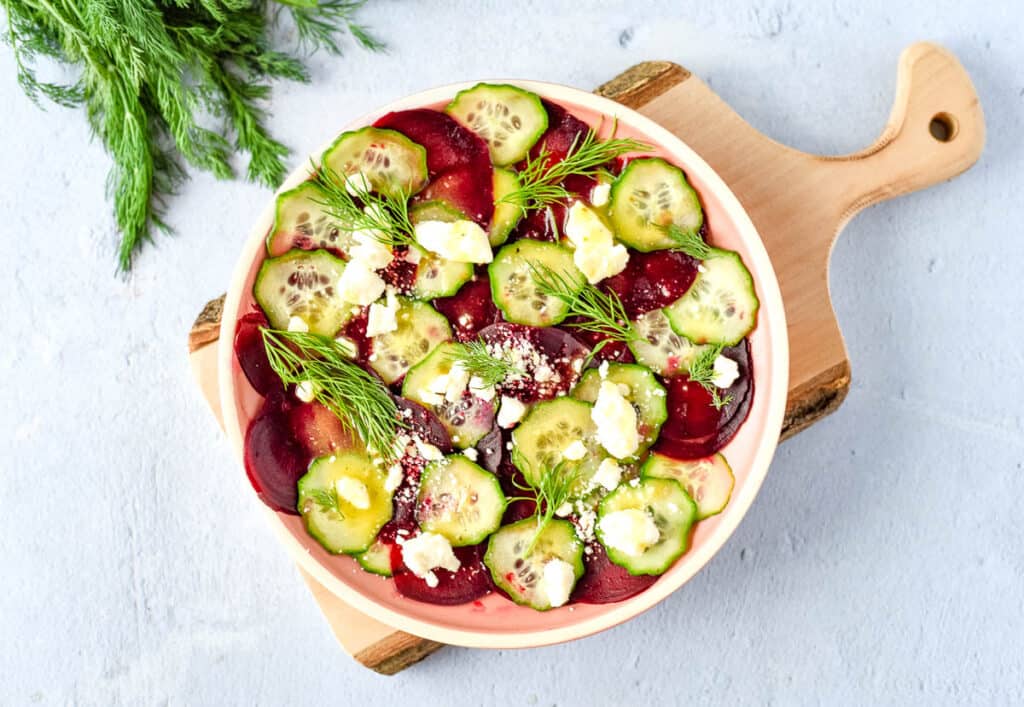Fresh dill, with its delicate leaves and irresistible aroma, holds the power to transform ordinary dishes into extraordinary culinary experiences. With the proper knowledge, you will be able to prep, store and cook dill to best preserve its flavor and texture.

Selecting the best bunch
Dill weed, most commonly labeled as dill, is a fresh herb with feathery fronds, or a series of small leaves. The fronds are attached to a sturdy, thicker stem.
If you are purchasing your dill from the market, as opposed to growing it at home, it is key to choose the healthiest herbs possible. You will want to look for bunches that are bright green in color and lack patches of black, brown or yellow leaves.
Dill is best when the stems and fronds appear healthy and unwilted and the dill is fragrant.

Although dill is available year-round, it is best in the spring and summer months.
What does dill taste like?
The flavor of dill is most similar to fennel or fresh tarragon, with a hint of licorice flavor, a lemony undertone and a vibrant, earthy and somewhat grassy taste.
The importance of proper preparation
Before you store your dill, be sure to wash it under gently running cool water. If the dill is coming from the grocery store, be sure to remove any packaging, rubber bands or twist ties that come with the dill bunch prior to washing. Then run the dill under the water, turning it to ensure that it is evenly and thoroughly cleaned.
Let the dill drip dry by the sink, remove any excess moisture by running it through a salad spinner, then examine the bunch for any damaged or discolored leaves. If you spot brown or black spots, remove this portion of the dill and discard it. You can now proceed to the storage phase.

Savvy storage
Because dill is such a delicate herb, it is important to properly store it prior to using it in your meals. This will both maximize the flavor of the dill and prevent the leaves from wilting and the stems from becoming soft.
“Dill tends to have a relatively short life once you harvest it, but if you wrap it gently in a damp paper towel and place that inside a baggie in your fridge, you can keep it for up to a week. Fresh dill is fantastic with salmon, pasta, in egg salad, to make refrigerator pickles and for so many more uses. It never lasts that week here.”
— Michelle Price, Honest and Truly
Filled with appetizers, salads, sides, mains and desserts, Food Drink Life's cookbook will become your favorite!
- Easy and delicious recipes from a variety of top chefs and recipe developers.
- Bright, colorful pictures on every page.
- Printer-friendly recipes that you can download instantly to your device.
- Printable shopping list and a kitchen conversion sheet.
While there are different methods by which you can store dill, wrapping it in a damp paper towel and placing it inside a plastic or reusable silicone bag is most advisable. You will then want to store the dill in your produce drawer.
Dehydrating dill is another option. This will create a dried product you can then use in any way you would normally use jarred dried dill.
“Whenever I harvest dill from the garden, I like to use what I can fresh, and then dry the rest in a food dehydrator at a low temperature before storing it in an airtight jar.”
— Jessica Haggard, Primal Edge Health
You can also freeze dill into ice and use it in later cooking. This dill will be somewhat less flavorful than fresh dill or dried dill, but it can still add a lovely pop of bright flavor to a dish.
To make dill ice cubes, remove the dill leaves from the stalk, chop and portion a small amount into each compartment of an ice cube tray. Cover with cold water, then move the tray to the freezer. It is best to use this frozen dill within three to four months of freezing.
Cooking with fresh dill
With its bright, lemony, fresh flavor profile, dill is one of the lightest-tasting herbs.
Because of this, dill is most commonly used in its fresh form. Unlike hardier herbs like rosemary and thyme, if you add the dill too early, both its flavor and texture will be diminished. The ideal time to add dill to a dish is near the end of the cooking time.

This can be in any number of applications, from salads and dressings to a garnish for soups and stews to a fresh component in grain bowls, sandwiches, wraps and sauces.
To add dill to a dish, you will first want to remove the fronds from the stem. You can further break down the dill by tearing it, or you can roughly or finely chop it before adding it to your dish.
Final thoughts
Due to its delicate structure and flavor, it is important to select the freshest dill possible, with bright green leaves, a noticeable fragrance, and no browning or yellowing of its leaves.
Washing the dill and storing it in a plastic bag with damp paper towels is the preferred method of storage. However, you may also dehydrate your dill for a dried product or you can freeze your dill in ice cubes for later use.
It is best to add your dill to a dish right at the end of the cooking time for the most vibrant flavor. It is wonderful in everything from salads and dressings to soups, stews, sandwiches and sauces.
Be sure to pick up a bunch of fresh dill at the market this spring and summer and explore using it in a variety of ways to experience how it can elevate your cooking.
Gen is a professional chef, writer and editor living in Southern California. She is the owner and recipe creator behind Two Cloves Kitchen, a food site featuring contemporary, California-inspired recipes. She has edited over 20 novels, short stories and essays for publication.
